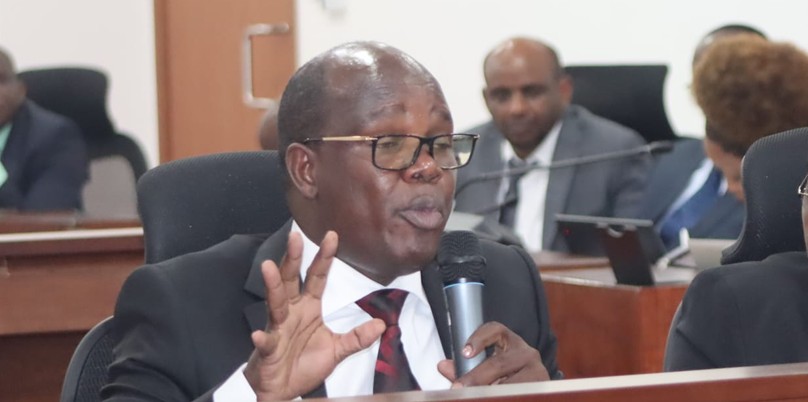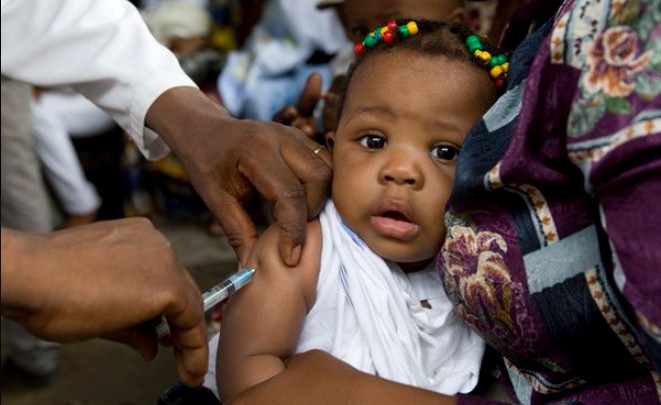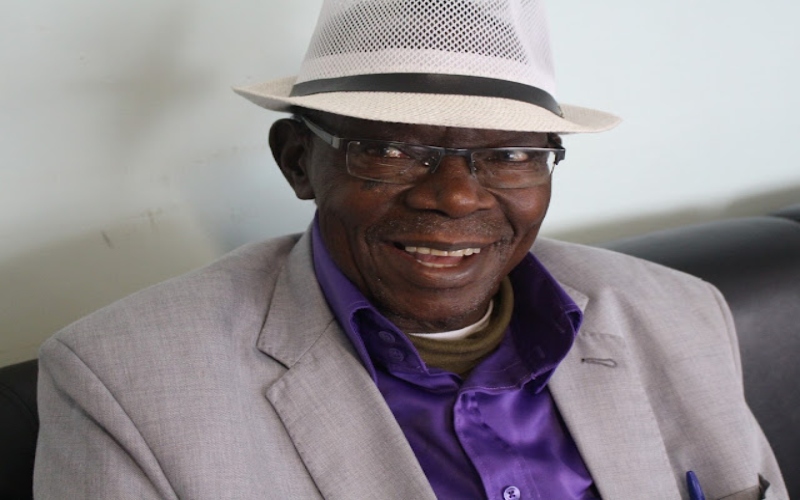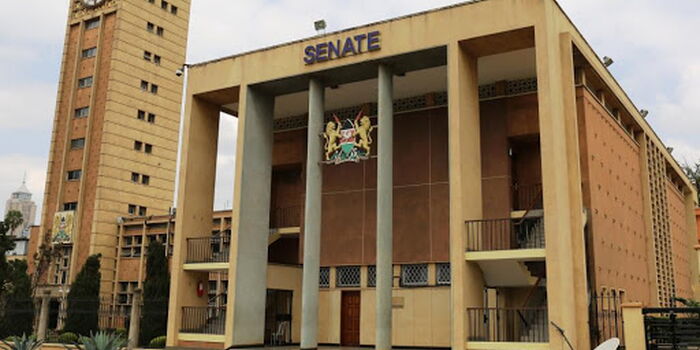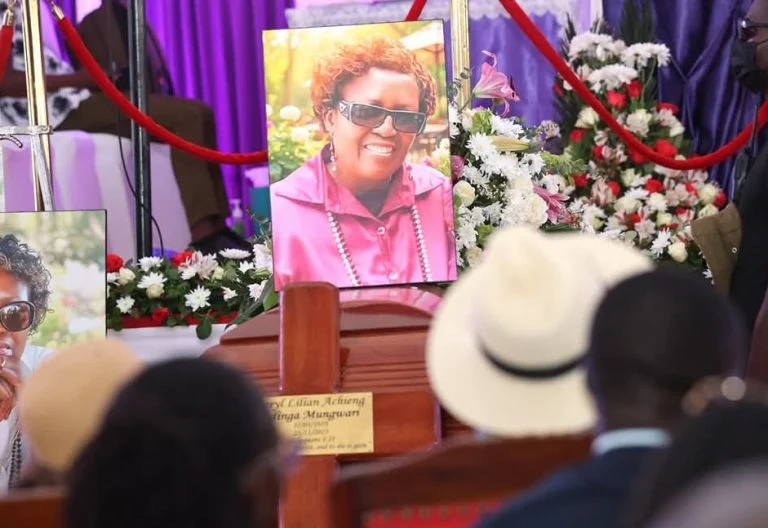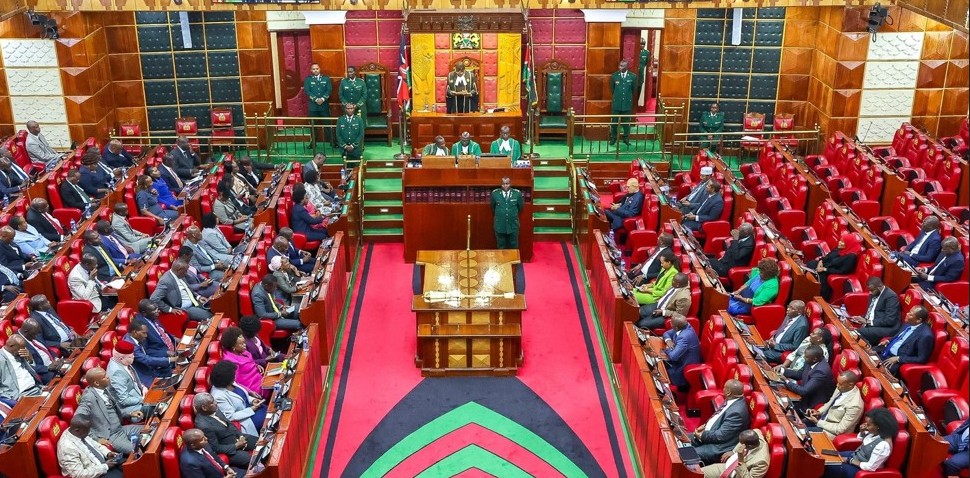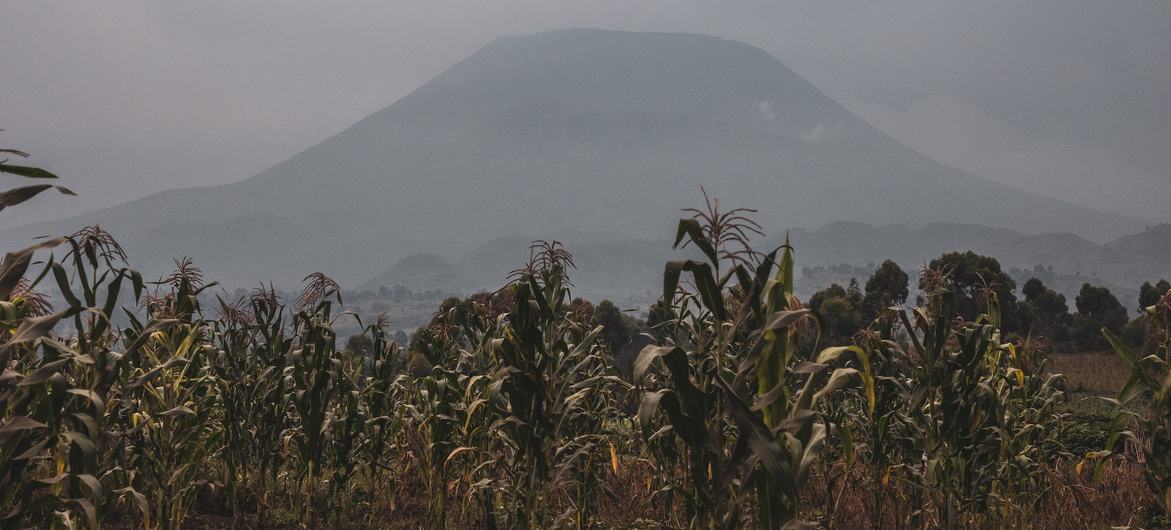NACADA report links increased drug use in Kenya to rise in youth-led protests

Conducted in partnership with 17 universities, the study surveyed over 15,000 students across Kenya's eight administrative regions.
The National Authority for the Campaign Against Alcohol and Drug Abuse (NACADA) has uncovered an alarming link between youth-led protests and a rise in drug use among young Kenyans.
Speaking during the launch of the report titled "Status of Drugs and Substance Use Among University Students in Kenya" on Thursday, NACADA CEO Anthony Omerikwa expressed concerns about this unintended connection.
More To Read
- KDF denies allegations of methamphetamine theft in massive 1,024kg seizure off Kenyan coast
- UK warns citizens visiting Kenya, Uganda of methanol poisoning from fake alcoholic drinks
- KDF recruitment reveals alarming substance abuse among hundreds of Garissa youth
- Kenya raises alarm on surge in synthetic drugs, shifting trafficking trends
- Former Chesumei MP and Boston Marathon winner Elijah Lagat dies
- NACADA, clergy join forces to confront drug crisis at the Coast
Omerikwa pointed out that many young protesters, believing that substances like cannabis could ease the effects of tear gas, were introduced to drug use during the protests.
"Some of the young people who were in the protests became unexpected inductees into the space of drug use. They were deceived into believing that if they smoked bhang, the effects of tear gas would diminish to near zero," he explained.
The report found that some of those apprehended during the protests admitted to using drugs for the first time at that time.
Omerikwa warned that drug dealers were exploiting such opportunities, using protests to lure young people into addiction.
"Unscrupulous merchants of drugs look for every opportunity to entice and get our youth into addiction," he cautioned.
Synthetic drugs
Alongside the concerning link between protests and drug use, the report also highlighted the increasing prevalence of synthetic drugs among young people.
Omerikwa described these substances as "invisible enemies," noting that their chemical precursors are often legal and easily accessible, making them difficult to detect.
"You don't see it coming; but when you realise it's around, it's already too late," he warned.
In addition, the report revealed that about 70 per cent of individuals apprehended for drug use or found in possession of drugs were university students.
Conducted in partnership with 17 universities, the study surveyed over 15,000 students across Kenya's eight administrative regions.
Crucial data
These findings have provided crucial data to track drug use trends and evaluate the effectiveness of government interventions.
Then NACADA's boss stressed that the drug abuse problem is no longer just confined to universities.
"The findings of this report will make you sit up and take notice. It reveals a very serious and growing problem of alcohol and drug abuse among the youth, particularly in higher learning institutions," Omerikwa said.
To combat the crisis, NACADA has pledged to use the study's findings to enhance drug prevention strategies, raise awareness, and promote positive parenting.
The agency also aims to strengthen collaborations across sectors to reduce the supply and demand of illicit substances.
Top Stories Today




